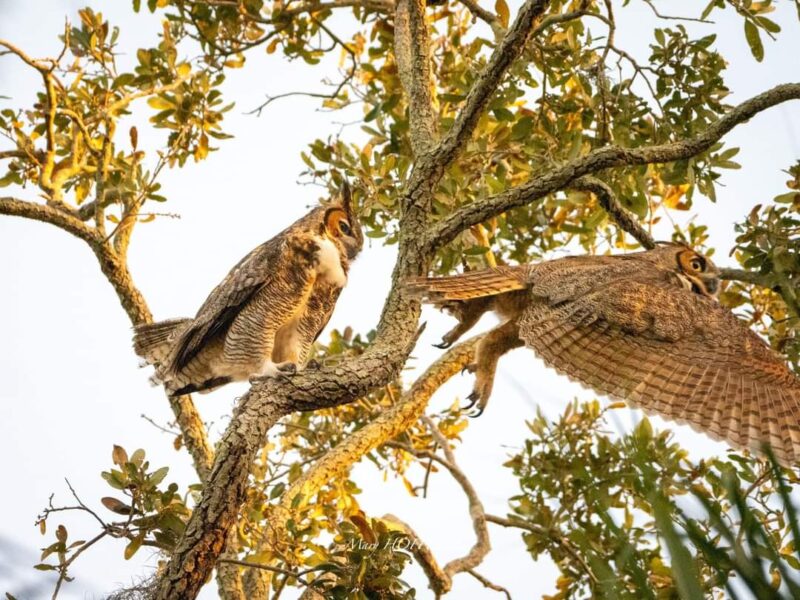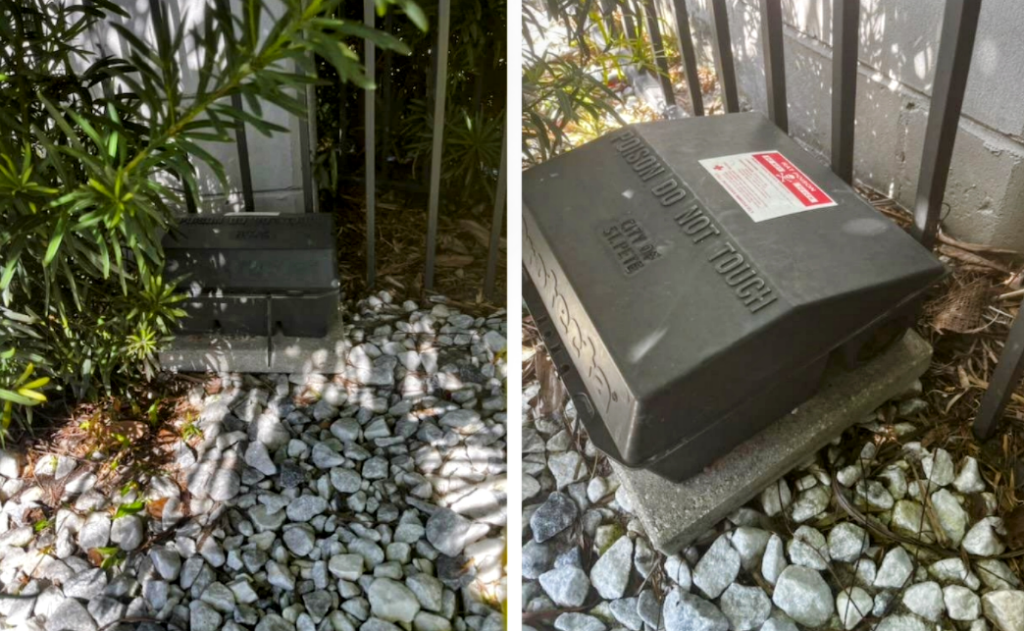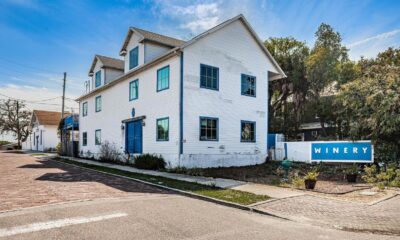Thrive
Owl deaths lead to pest control changes

St. Petersburg officials are testing less-toxic rodenticides and implementing a public education campaign to prevent secondary poisonings in owls, pets and children.
The city’s sanitation department oversees the pest control program and has found that homeowners often overuse inexpensive products that threaten the environment, neighbors and their household. However, newer products are often expensive and significantly more potent.
Robert Turner, assistant sanitation director, led a presentation to council members during the April 28 Health, Energy, Resilience & Sustainability (HERS) Committee meeting. Chair Gina Driscoll requested the discussion after several owls throughout Pinellas County died from eating poisoned rats last year.
After the meeting, Driscoll said the City of Safety Harbor and its community of owl advocates “are truly leading the way on the issue,” and inspired her to conduct personal research and advocate for changes. She also expressed gratitude to local groups like the Florida Suncoast Sierra Club and Friends of Boyd Hill Nature Preserve.
“Rodent control is a necessary part of urban life, but we have to be responsible about it,” Driscoll added. “We know that anticoagulants in certain rodenticides can be deadly to owls and other birds of prey, and we must do our part in St. Petersburg to protect our precious wildlife.”

Councilmember Gina Driscoll, chair of the Health, Energy, Resiliency and Sustainability Committee.
Turner explained that the city exhausted its stockpile of first-generation poisons in 2017. It then switched to second-generation products, reduced the amount placed in tamper-resistant boxes, decreased the number of those used on each property and added other safety measures.
Environmental Protection Agency or state officials would have to implement any restrictions on residents using second-generation anticoagulant rodenticides. Those are extremely toxic and affect wildlife that ingests poisoned rats.
However, Driscoll said local leaders would educate citizens to help them make safer choices. She relayed that they could “also set the right example through the city’s own practices.”
“Shortly after the HERS meeting, city staff informed me that they have identified and ordered an alternative product to test,” Driscoll said. “I’m encouraged by this progress and proud that we are on a path to environmental stewardship.”
Florida is home to seven species of owls and several other birds of prey, like hawks and eagles. All are natural rodent predators.
In 2022, a family of four great horned owls was found dead in Safety Harbor’s Phillipe Park, and each subsequently tested positive for rodenticides. According to a city website, secondary poisonings are more common than people realize.
It states that rats and mice return to the wild after eating rodenticides and can survive for over a week, becoming “toxic ticking time bombs for any animal who preys on them.” However, many carcasses go unrecovered, and ubiquitous chemicals make identifying the cause of exposure more difficult.
Safety Harbor’s website states that using poison to kill rodents can increase their population since it kills natural predators.
“Rat poison also kills dogs and cats,” it adds. “By using safer rodenticides and preventative measures, we can keep rodents out of our homes and business, protect our pets and keep the rodents in the wild where they belong.”
St. Petersburg’s sanitation department has operated a free rodent control program for over 50 years. Residents must contact the city when they notice a rodent problem and fill out a form granting permission to place poison on the property.
Landlords and tenants must both sign off on the request.
Turner said bird feeders are a common attractant, and if someone notices a squirrel eating seeds during the day, “then a rat is probably doing it at night.” The city technicians place bait boxes out of sight to avoid tampering, even if a household lacks children or pets.
He relayed that citrus trees were once an ideal spot for the bait stations, but most of those are gone. They also used first-generation anticoagulant poisons, and rats gained resistance from eating non-lethal doses.
Turner said rodents pass the resistance on to offspring as they “reproduce very quickly, and they’re prolific.”
“Because of the overuse of the rodenticide, new products and formulations needed to be developed,” Turner added. “They work much more quickly – one single dose is typically enough to achieve the desired control. Secondary poisoning does exist with that particular product.”

The tamper resistant bait boxes used by St. Petersburg’s pest control program. Robert Turner, assistant sanitation director, noted that many people leave peanut butter-flavored poisons in dangerous places. Screengrab.
While new products are initially too expensive for residents, the price inevitably decreases. He explained that overuse and misuse then occur, resulting in pets getting sick or tainted water.
Turner relayed startling reviews for peanut butter-flavored rodenticides. Many people left the poison in bags of dog food and continued doing so even though they failed to find dead rats.
“It’s going somewhere,” he said. “This is the kind of abuse that – it’s not just for rodenticide issues, this is for pesticides, you know, across the board – but these are the things that concern me.”
While many residents cannot afford monthly pest control service, Turner noted a bucket of 144 peanut butter-flavored poison blocks is $38 with free shipping.
First-generation rodenticides are returning to the market, and he said the department would like to conduct community outreach. That could include utility bill inserts and an updated web page.
Turned also expressed that there should be an education component before residents can apply the products. City council members agreed, and Amy Foster, community and neighborhood affairs administrator, also credited Safety Harbor’s outreach campaign.
“Many of us read about what happened to the wonderful owls in Safety Harbor,” Driscoll said. “I mean, it really was a wake-up call. We need that to be our wake-up call too.
“Because the prognosis for our wildlife, owls and others is definitely not good if we continue to use products with anticoagulants.”
For more information on St. Petersburg’s pest control program, visit the website here.
For more information on the Safety Harbor Strong Owls & Nature group, visit the website here.







